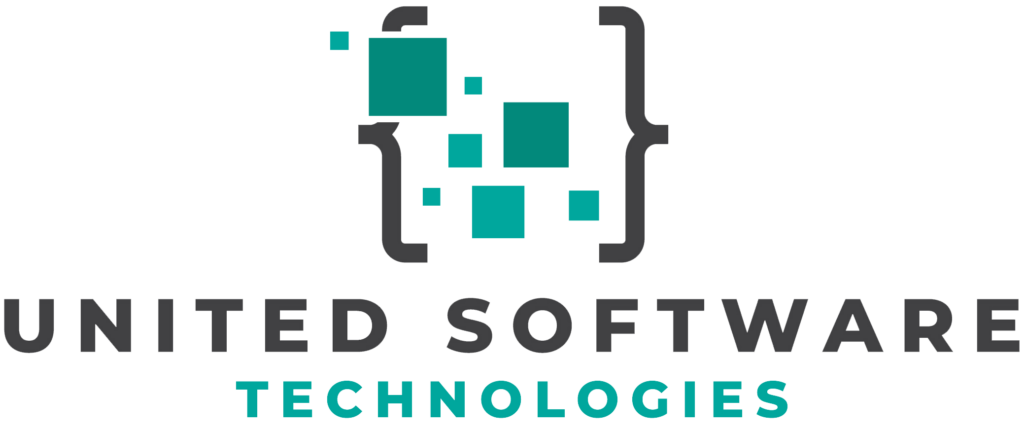Mastering Web Development: Elementor & WordPress Websites
Introduction to Elementor WordPress & Web Development
In the digital age, having a robust online presence is non-negotiable for businesses and individuals aiming to reach their audience effectively. This is where mastering web development becomes crucial, especially when utilizing powerful tools such as Elementor for WordPress websites. The combination of WordPress and Elementor provides a flexible and user-friendly platform for creating stunning, responsive websites that cater to various needs and preferences.
WordPress has long been the go-to content management system (CMS) for website development, thanks to its intuitive interface, extensive plugin ecosystem, and theme versatility. On the other hand, Elementor has emerged as a leading page builder plugin that empowers users to design and customize their sites visually without needing to code. Together, they offer an unparalleled toolkit for anyone looking to craft a professional online presence.
The Fundamentals of Website Development with WordPress
Before diving into the specifics of using Elementor with WordPress, it’s essential to grasp some fundamental concepts of website development on this platform:
- Themes: In WordPress terminology, themes control the appearance of your site. They provide the scaffolding upon which you can build and customize your layout.
- Plugins: These are add-ons that extend the functionality of your WordPress site. From SEO tools to social media widgets – plugins help enhance your site’s capabilities beyond basic blogging.
- Widgets: Widgets offer a simple way to add content blocks or features like calendars, tag clouds, or custom menus in various areas of your site like sidebars or footers.
Understanding these components is crucial as they form the backbone of any successful website development project on WordPress.
Leveraging Elementor for Your WordPress Website
Elementor takes the customization capabilities of WordPress to new heights. This drag-and-drop page builder simplifies the design process, allowing users to see changes in real-time without touching a single line of code. Here’s why incorporating Elementor into your web development process can be a game-changer:
- User-friendly Interface: Elementor’s visual editor makes it accessible for beginners while offering advanced features that seasoned designers appreciate.
- Responsive Design: With mobile responsiveness being paramount today, Elementor ensures that websites look great on any device by default.
- Templates & Blocks: Save time with pre-designed templates and blocks that can be customized to fit your unique vision.
By harnessing these features within your web development strategy, creating a personalized and professional-looking website becomes significantly more straightforward.
Tips for Mastering Web Development with Elementor & WordPress
To truly excel in building websites with Elementor and WordPress, consider the following tips:
- Familiarize Yourself with Basic HTML/CSS: While not strictly necessary thanks to Elementor’s user-friendliness, knowing basic HTML or CSS allows you greater control over customizations.
- Prioritize Performance & SEO: Utilize plugins like Yoast SEO and ensure images are optimized for speed; Google values both user experience and technical performance highly.
- Incorporate Analytics Tools: Understanding visitor behavior on your site is key. Integrating analytics tools helps refine your content strategy based on actual data.
Achieving proficiency in these areas will elevate your web development projects from good to great.
Crafting an Effective Workflow: Best Practices in Using Elementor with WordPress
Developing an efficient workflow is essential for productive web design projects. Here are best practices when working with both platforms:
1. Start With a Plan: Before diving into designing with Elementor clearly define your site’s purpose and target audience.
3. Make Use of Templates: Both platforms offer templates that can significantly speed up the design process while ensuring consistency across pages.
5. Customize Thoughtfully: While it’s tempting to use all available effects and widgets, prioritize usability and aesthetics — less often means more in web design.
7. Test Across Browsers & Devices: Ensure compatibility across different browsers (e.g., Chrome, Safari) and devices (desktops, mobile phones )to avoid alienating potential visitors.
9. Stay Updated: Both WordPress and Elementor frequently update their software. Keeping everything updated ensures security and access to the latest features.
Implementing these strategies will streamline your workflow, resulting in higher-quality outcomes .
Moving Forward: Elevate Your Web Development Skills
Mastering web development through Elementors WordPress offers an exciting opportunity to create dynamic , engaging, and functional websites . Whether you ’re building sites for personal projects, businesses , or clients—understanding how to effectively use this powerful duo will set you apart in the digital landscape .
Remember,the journey doesn’t end here.Continuous learning through online courses ,tutorials ,and community engagement can further enhanceyour skillsand keep you updatedwith industry trends . By staying curiousand embracing new technologies ,you’llcontinue togrow asa proficientweb developer ready totackleany challenge .
In conclusion, WordPress website creation combined with the power of Elementors creates a formidable toolset for anyone interested in web development. Whether you’re just starting out or looking to refine your skillset, embracing these platforms and practicing continuously will undoubtedly lead to success in your digital endeavors .
For further reading on mastering specific elements within WordPress and Elementor check out WordPress.org and Elementor.com.
Happy developing!
